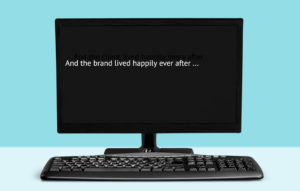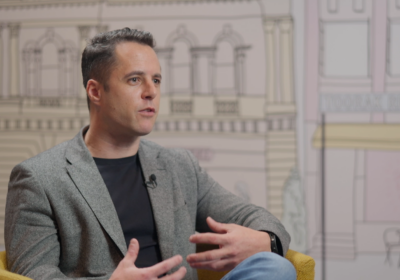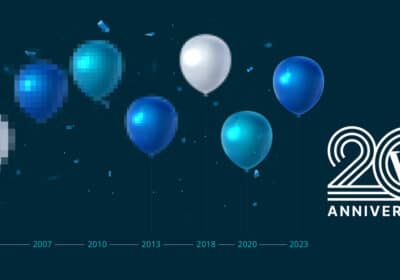What does a children’s story tell us about the future of the marketing agency? Quite a bit, actually. In “Goldilocks and the Three Bears” Goldilocks eats three bowls of porridge: the first being too hot, the second too cold, and the third “just right.” That’s an important designation; she didn’t choose the third bowl because it was hot or cold. It’s the combination of the two that makes it appetizing.
Which brings us to the structure of marketing agencies moving forward. The digital nature of our world, where users expect a seamless experience no matter where they are and what device they are using, requires marketers to consider both the story of the message we’re trying to share, as well as the medium delivering the message.

For the longest time, agencies were mainly divided into two groups: systems integrators and traditional advertising agencies. These consultancies and agencies aren’t oblivious to the evolving nature of the industry. They, too, know where the industry is heading. It’s why we have seen large tech-focused consultancies acquire more traditional marketing firms, and vice versa. Each end of the spectrum is working to acquire the capabilities of the other end, because it’s understood that these moves are necessary for survival.
The issue remains that these agencies are not as close to what the agency of the future will look like as they think. System implementers can add marketing capabilities, but they will still show bias toward certain technology platforms. Traditional agencies have added digital generalists to their teams, but these don’t have the level of channel knowledge to fully understand the implications of these mediums over time.
“Or” Vs. “And”
It’s the “or” versus “and” proposition. The ability to offer one service or another is not the same as offering two services together that work cohesively toward one greater strategy. What brands and their customers are coming to expect is an agency that not only has both capabilities, but natively understands technology and creative storytelling at an expert level.
I didn’t know this is where the evolution of agencies would take us. No one did. But when Dale Hazlett and I started our agency in 1999, we were creating a foundation that would pay off nearly 20 years later.
We built DEG with an understanding that the technology driving each digital channel moved at such a rapid speed that without full-time, dedicated experts working within that channel on a daily basis, it would be impossible to keep up. And we supported that deep understanding of the channel with real technology partnerships. Once that channel expertise was established, data and storytelling could deliver a more impactful message.
Again, it’s not enough that these roles all exist under one roof; they must work together to create experiences that deliver the right message on the right channel at the right time for each customer at every step of their journey. The key is not the components that make up the agency; it’s the fusion of these components to create something greater than the sum of its parts.
Brands and their customers will continue to dictate what is needed from a marketing agency, and for brands in the digital age, having the combination of technological prowess and creative chops is necessary to reach their customers. Referring again to the Goldilocks story analogy, those who can combine the two seamlessly—even innately— are “just right.”





Join the conversation